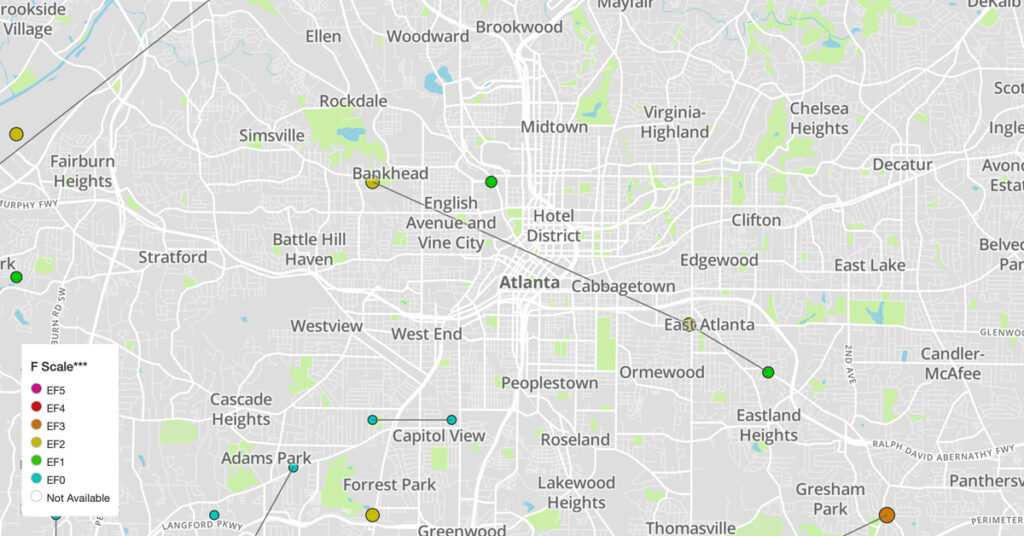Atlanta Tornado and Storm Shelters
Atlanta, Georgia, a major economic and cultural hub, has faced numerous challenges over the years. Tornadoes, a significant concern in this part of the country, represent one such challenge. The city's bustling downtown core, populated with high-rise buildings, experienced this reality first-hand in 2008 when a tornado tore through the heart of the city - a rare event for a major urban center. Atlanta's residents and authorities have since been keenly aware of the unpredictable nature of tornadoes and have taken measures to improve emergency readiness..
A Few Facts About Tornadoes in Atlanta:
- On March 14, 2008, an EF2 tornado cut a path of destruction across downtown Atlanta. This tornado was particularly notable because it hit a major urban center, causing substantial damage to prominent structures, including the Georgia Dome and CNN Center.
- Variety of tornado ratings: Atlanta has experienced tornadoes of varying intensities. While the city center's 2008 tornado was rated EF2, the greater Atlanta area has seen tornadoes of almost every rating, underscoring the wide range of tornado activity in the region.
- Atlanta is part of Dixie Alley: While Tornado Alley in the central United States is well-known, Atlanta sits within the less famous but equally active Dixie Alley. This region is prone to tornadoes in the cooler months, unlike Tornado Alley, where activity peaks in the spring.
Buying a Tornado Shelter in Atlanta
Our shelters are designed, tested, and approved to withstand up to EF5 tornadoes to provide a safe, secure place for you and your loved ones to wait out the weather. With a variety of sizes (4 to 16 people) and styles to choose from, you're sure to find the perfect shelter to meet your needs.
Residential Above-Ground Tornado Shelters
Above Ground Shelters
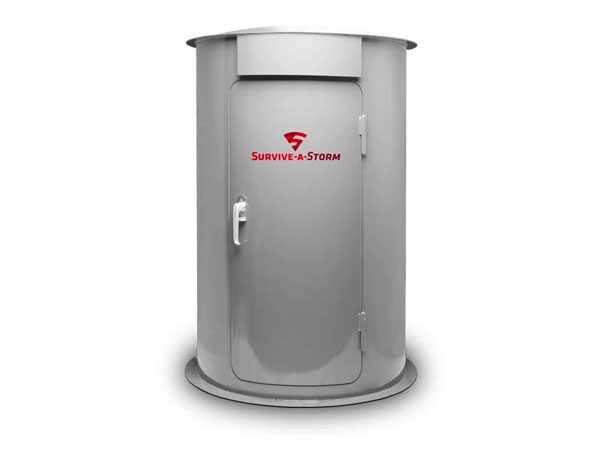
TwisterPod
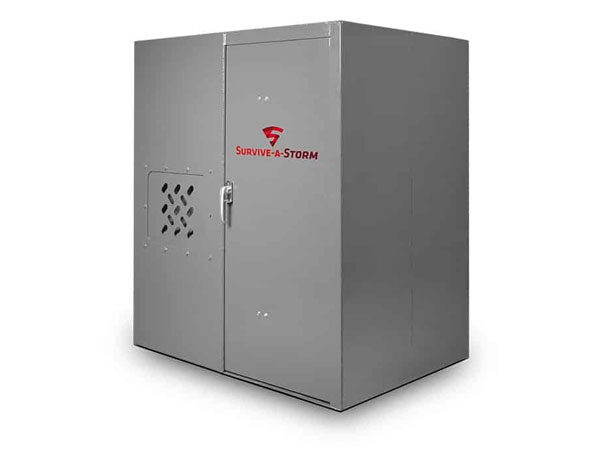
Extreme
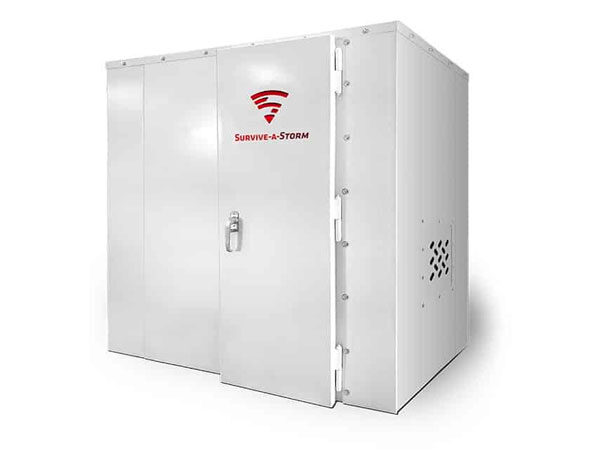
Panelized
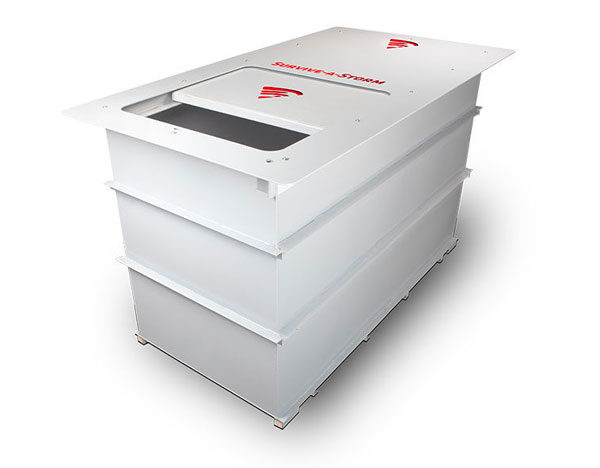
GarageCube
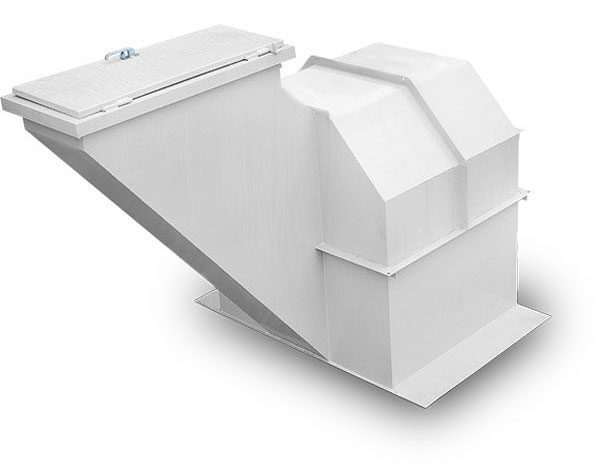
Estate
Delivery and Installation Options for Above-Ground and Below-Ground Tornado Shelters in Atlanta
Tornadoes are devastating and unpredictable natural disasters that can cause extensive damage to homes and properties. One of the best ways to stay safe during a tornado is to have a tornado shelter. Tornado shelters come in different types, with above-ground and below-ground tornado shelters being the most common.
We offer delivery and installation in various regions of the U.S. but if you prefer to conduct the installation yourself or our outside our installation area, here are some of the steps you will need to take.
For above-ground shelters, it's important to note that the concrete slab is not included in the package.
As for below-ground shelters, they are delivered on a standard truck with a flatbed.

Know when severe weather is about to strike and when it's time for you to take shelter with our StormWarn texting program.

Above-Ground Tornado Shelter Installation for Atlanta
- Finding a Local Contractor for Installation
Search for local contractors in your area, who will need to be hired to pour the slab. Look for contractors with high-rating reviews. - Selecting Contractors
Find a couple of companies in the search results to inquire about installation. - Calling a Contractor for Installation
Call a contractor and ask them for a quote on installing an above-ground tornado shelter.The installation process can be performed by anyone who is competent in drilling (concrete company, concrete installer, contractor) into concrete can install. We have a built-in template in all of our shelters that shows exactly where to predrill and sink wedge bolts. All hardware and instructions are shipped with the shelter. We will even speak with any general contractor to make sure they understand what the job requires.
The concrete slab should be at least 4" thick with a minimum psi of 3000. No wire mesh is required, but the pad size should be a minimum of 14' x 12' for a 4" thick slab, or 12' x 10' for a 6" thick slab.
You can download the installation instructions for the tornado shelter: TwisterPod, Extreme, Panelized.
- Preparing for Installation
Survive-A-Storm will have a third-party shipper deliver the shelter to your location and offload it at the end of your driveway. Your installation time can depend on a few factors that include, temperature and humidity that can affect the cure time for the concrete. Pouring the concrete for above ground shelter installation is your responsibility and should be allowed to cure for two weeks. Installation time after the concrete is poured should be less than four hours.Rent equipment like pallet jacks, forklifts, or small tractors with forks to maneuver the shelter to your desired location. If you can arrange for an installation to be done on the same day, your contractor may be able to move the shelter for you.
Below-Ground Tornado Shelter Delivery and Installation for Atlanta
- Finding a Local Contractor for Installation
Search for local septic tank companies or general contractors with high-rating reviews to perform the installation. - Selecting Contractors
Find a couple of companies in the search results to inquire about installation. - Calling a Contractor for Installation
Call a contractor and ask them for a quote on installing an above-ground tornado shelter. You can download the installation instructions for the tornado shelter: GarageCube.Let the contractor or company know that the shelter should be buried at least 12" below the surface.
- Preparing for Installation
In case you are outside the installation range, Survive-A-Storm will have a third-party shipper deliver the shelter to your location and offload it at the end of your driveway.By understanding the delivery and installation options for above-ground and below-ground tornado shelters, you can ensure that your shelter is installed correctly and provides the protection you need during a tornado.
Survive-A-Storm Shelters offers near-absolute protection with a full line of above-ground and below-ground storm shelters. Survive-A-Storm Shelters are FEMA-compliant and able to withstand winds and debris from any EF5 tornado.
With affordable pricing, nearly anyone can afford one. There's also financing through Enhancify and Affinity, making storm shelter loans very accessible to our customers.
You can buy a storm shelter locally, through select Home Depot Stores, or the Extreme brand at Lowe's. Amazon and e-Bay are also great online options for purchasing Survive-A-Storm Shelters.
Tornado Shelters in Atlanta, Georgia
Please monitor local news and weather alerts regularly and ensure you're prepared with a disaster supply kit. Stay safe!


